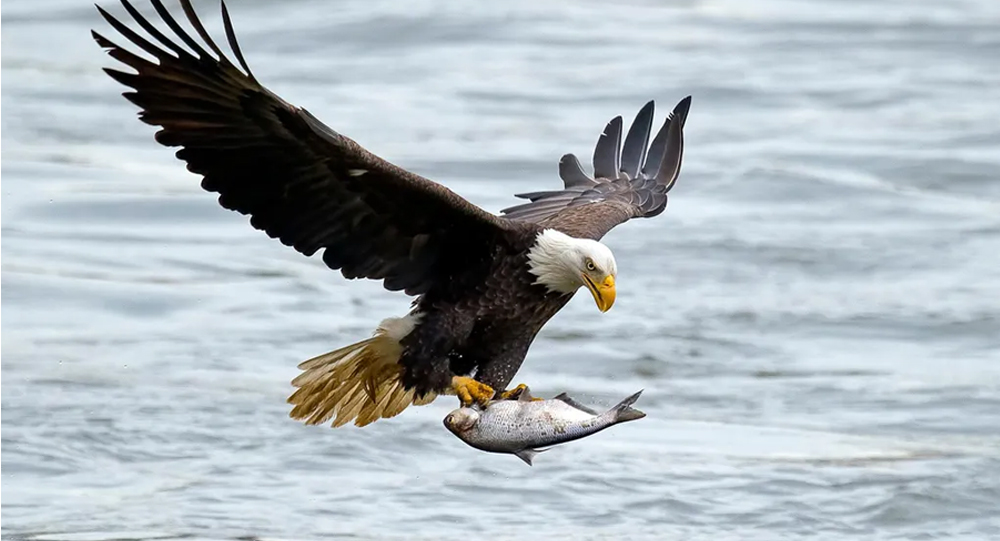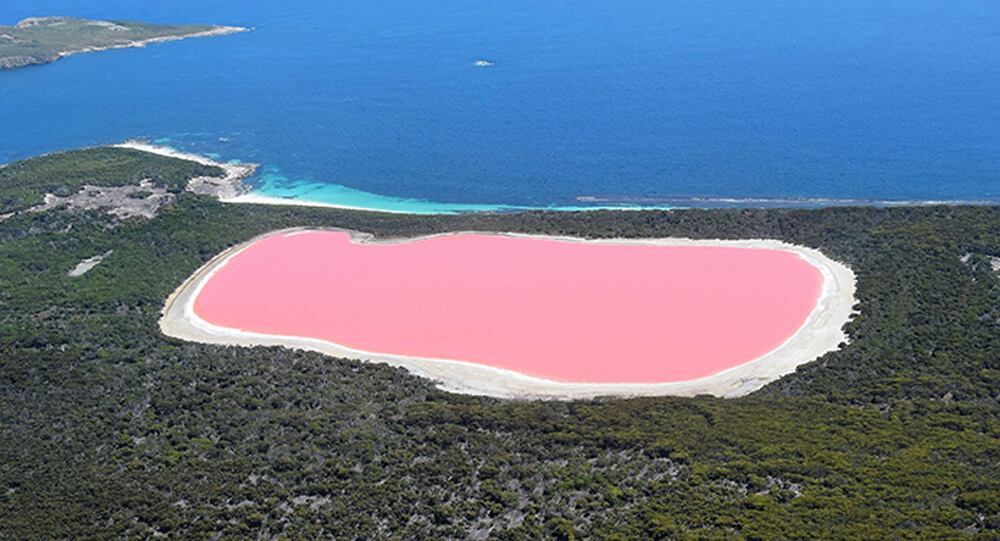

What is secret behind the Australia’s mysterious pink lake?
Pink Lake in Australia has fascinated both tourists and scientists with its stunning and unusual appearance. This stunning natural wonder, distinguished by its vivid pink color, has gained popularity as a tourist destination, luring visitors from all over the world to experience its captivating beauty. The pink lake, however, is more than just a pretty sight; it is also significant from an ecological and cultural standpoint. In this article, we will explore the mysteries surrounding the pink lake, including its ecological significance, geographic location, cultural ties, tourism-related effects, conservation efforts, and potential threats to its survival. Come along as we investigate the fascinating and mysterious pink lake in Australia.
Australia’s Pink Lake
The discovery of Australia’s Pink Lake can be traced back to the early 1800s when European explorers stumbled upon this whimsical wonder. Initially known as Lake Spencer, it wasn’t until recent times that it gained its pinkish reputation.
Pink Lake in Australia resembles a scene from a dream. It’s challenging to resist being enthralled by its otherworldly attraction given its vivid bubblegum hue. This natural wonder, which is picture-perfect and fantastic for Instagram, has gained popularity among both locals and visitors.
European explorers ran across this amusing wonder in the early 1800s, which is when Australia’s Pink Lake was first discovered. It wasn’t until recently that Lake Spencer, its former name, began to acquire a pinkish reputation.
Natural phenomenon: Understanding the hue of pink
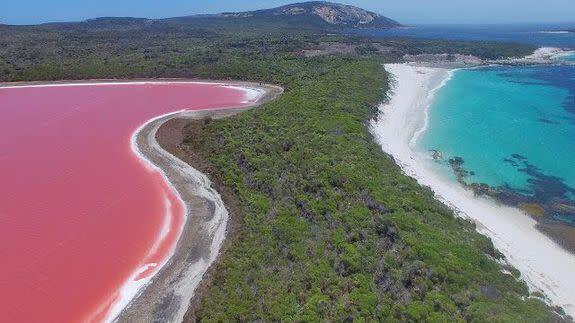
Contrary to popular belief, there aren’t any underwater unicorns responsible for the lake’s color. Dunaliella salina, a type of microscopic algae, is the true cause of the pink magic. These tiny organisms produce a pigment that gives the lake its distinctive hue.
The lake’s high salinity, which contributes to the pink color’s intensification, adds yet another layer of intrigue. The conditions are ideal for the Dunaliella salina algae to flourish and produce a more vivid shade of pink as the water evaporates in the hot Australian sun, which results in an increase in salt concentration.
Geographic location and unique characteristics of the pink lake
Pink Lake in Australia is tucked away in the interior, frequently close to the coast. Some are simply reachable by road, while others require a little more work. So get ready to travel and pack your sense of adventure to see this natural wonder.
These pink lakes can range in length and depth, some spanning miles while others are more condensed. Additionally, compared to regular lakes, their water composition has a higher salt content, creating a special environment for both flora and fauna.
Ecological significance and impact on local wildlife
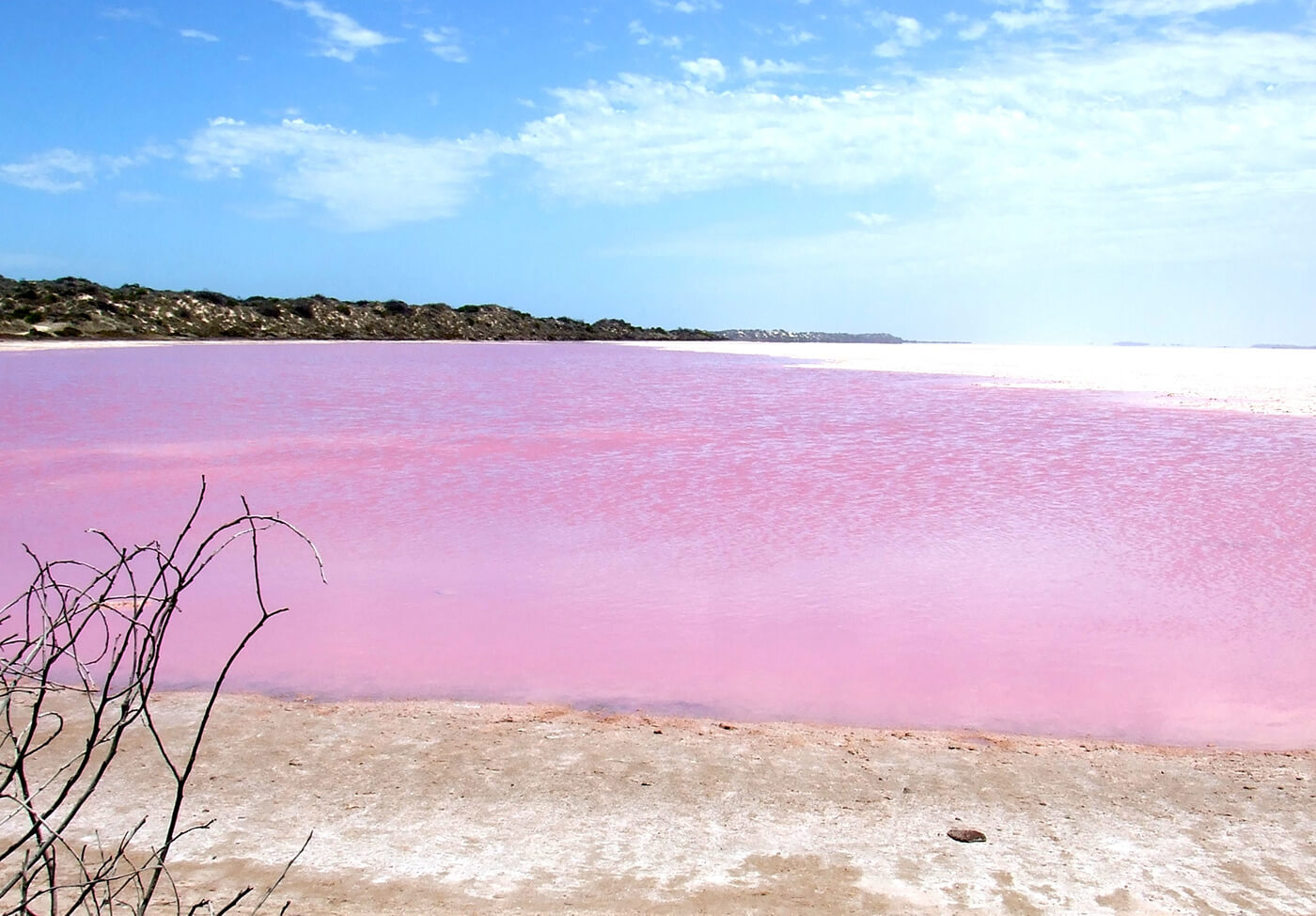
Although the pink color grabs all the attention, it’s important to remember that these lakes are more than just pretty pictures. A variety of plants and animals that have adapted to the high salinity conditions are supported by the special ecosystem. The pink lake creates an environment that is teeming with life, from salt-tolerant plants to migratory birds.
The delicate balance of this fascinating ecosystem is something that scientists and researchers are constantly trying to understand through study of Australia’s Pink Lakes. Their discoveries add to our understanding of how nature works by shedding light on the connections between the algae, salt content, and the abundant wildlife.
The next time you find yourself mesmerized by Australia’s Pink Lake’s whimsical allure, keep in mind that beneath its garish pink exterior is a complex ecological wonder that never fails to awe and inspire.
Tourism and visitor experience at Australia’s pink lake
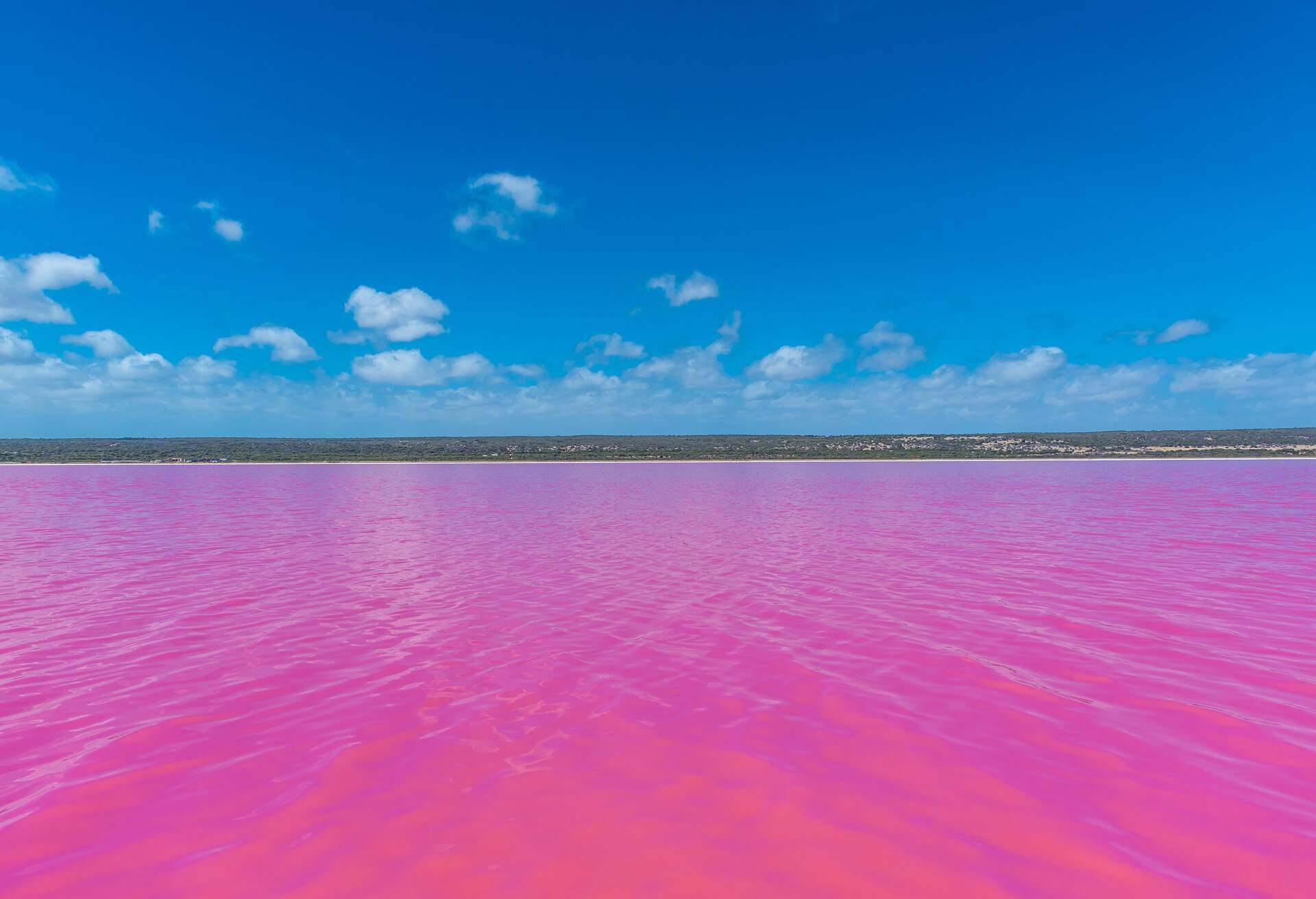
Visitors swarm to Australia’s pink lake in search of a singular and unforgettable adventure. The lake provides a beautiful backdrop for photographers, Instagram influencers, and nature lovers alike with its surreal pink hue.
By taking leisurely walks along the lake’s shores or taking incredible drone photos from above, visitors can fully immerse themselves in the breathtaking scenery. Swimming in the lake is a favorite activity because the lake’s high salt content makes floating effortless – it’s like taking a bath in a huge tub of pink-hued water.
Local tour companies provide guided tours that explore the history, cultural significance, and ecological wonders of the pink lake to improve the visitor experience. These excursions give visitors a deeper understanding of the lake’s customs and help them appreciate its beauty even more. In addition, there are nearby lodging options, from inviting bed and breakfasts to opulent resorts, that are geared toward those who want to stay close to this natural wonder. Rest assured, you won’t have to sleep on a pink inflatable flamingo, unless that’s your thing.
Conservation efforts and challenges faced by the pink lake ecosystem
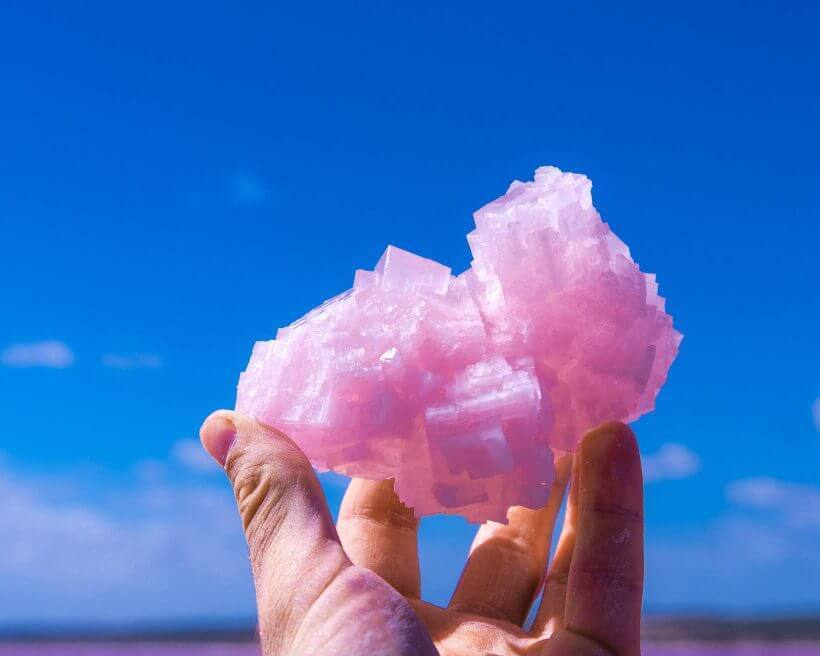
Despite being a magnificent sight to behold, the pink lake is not without difficulties. Pollution, climate change, and human activities pose risks to the lake’s delicate ecosystem. Excessive nutrient input can easily disturb the water’s pristine clarity and color, causing algal blooms that can upset the ecological balance. If not handled sustainably, increased tourism may also endanger the lake’s delicate ecosystem. For the enjoyment of future generations, this natural wonderland must be preserved.
Local government officials and environmental organizations have put in place a number of conservation measures because they understand how important it is to preserve the pink lake. To lessen disturbances to the lake and its surroundings, efforts are made to monitor the quality of the water, educate tourists about responsible tourism, and put regulations in place. By taking these actions, it is hoped to strike a balance between promoting tourism and preserving the ecosystem of Pink Lake over the long term.

What Is the Taos Hum? The Strange Low-Frequency Noise Heard in New Mexico
Since the early 1990s, residents of Taos, New Mexico, have reported hearing a mysterious low-frequency noise called the "Taos Hum." This strange, persistent buzzing or droning sound is only audible to a small fraction of the population and has baffled scientists and locals alike. Despite extensive investigations, the source of the Taos Hum remains unresolved, making it one of the most intriguing acoustic mysteries in the modern world.

Jimmy Carter Once Promised to Release UFO Files—Here’s Why He Didn’t
During his 1976 presidential campaign, Jimmy Carter declared a bold intention: if elected, he would make all government UFO information available to the public. A man who openly admitted to having seen a UFO himself, Carter embodied a promise of transparency on one of the most controversial subjects of the Cold War era. However, once in office, Carter found powerful obstacles and, citing "national security concerns," chose not to release the files. This article unpacks Carter’s famous guarantee, the political realities he faced, and the enduring mystery surrounding government UFO secrecy.

The mysterious Pumpkin impaled on the top of Tower
Twenty Three years ago, somebody impaled a 60-pound pumpkin 170 off the ground on this spire at Cornell University. Nobody knows who did this or how they did it.

Inside The Mysterious Death Of The Famed Gothic Writer Edgar Allan Poe
Hours before his death Edgar Allen Poe was found on the streets of Baltimore. He was incoherent, wearing another man’s clothes, and unable to explain how he got there. The cause of his death is an unsolved mystery.

The Mystical Money Tree of the Scottish Highlands: A 1,700-Year-Old Tradition
In the Peak District Forest of the Scottish Highlands in the UK, there is a unique tree which is laden with only money. This tree laden with money has been studded with British coins for 1700 years, there is no corner of its trunk where a British coin is not stuck.

The mysterious secret of Dr James Barry
Before women were allowed to enroll in medical school, Margaret Ann Bulkley studied medicine and assumed the identity of Dr. James Barry for 56 years while dressing as a man. After 46 years of service as an army doctor officer, her secret was not made public until after her death in 1865.

[solved] “macaroni mystery”, 500 pounds of pasta dumped in new jersey
In April 2023, Old Bridge, New Jersey, faced a peculiar 'Macaroni Mystery' when 500 pounds of pasta were mysteriously dumped in the woods.

The Mysterious Disappearance of Frederick Valentich: Australia’s Most Baffling Aviation Enigma
In 1978, Pilot Frederick Valentich and his plane disappeared in Australia. His last communication was “Melbourne that strange aircraft is hovering on top of me again… (two seconds open microphone)… it is hovering and it’s not an aircraft…”

The story of a boy who claims to be on Mars: Boriska Kipriyanovich
Boriska Kipriyanovich, who lives in Volgograd, Russia, claims he lived on Mars before being resurrected on Earth on a mission to redeem humanity. What we know about him is as follows:

The Amazing Hanging Stone in Siberia Has Defied Gravity Since the Ice Age
The unbelievable "Hanging Stone" of Siberia weighs around 300 tons and has been hanging off a 1,000-meter cliff since the Ice Age.

The birth or sign language in Nicaragua
When 50 deaf Nicaraguan children who did not know sign language were placed in the same classroom, they created their own sign language. Scientists are still researching the unique spontaneous appearance of language, as well as its own evolution and training of grammar.

What Was the Beast of Gévaudan?
Between 1764 and 1767, a mysterious animal called the Beast of Gévaudan terrorized the French village called Gévaudan. It attacked and killed about 100 adults and children. While most believe it was a wolf, some say it may have been a wolf-dog hybrid, hyena or even a lion, but without any genetic evidence, the beast will remain a mystery forever.

Mystery SOLVED: blood Rain in India
The dissemination of spores of microalgae has been identified as the origin of the 'Blood Rain' phenomena, according to a new study by Indian and Austrian experts. Since 1896, reports of intermittent red-colored rain in portions of Kerala and Sri Lanka have been coming in. The most recent one occurred in 2013 over Kerala.

Poland's Krzywy: The Mysteries of the Crooked trees
In Poland, there is a forest with 400 crooked trees that have a 90-degree bend at the base of their trunks. Despite of numerous possibilities, the real reason and how it evolved remain a mystery.

10 Rarest and Albino animals you haven’t seen
For centuries, people have been fascinated and enchanted by the ghostly appearances of abnormally white animals. People have loved albinos and other unusually white animals so much that they may be helping to increase their numbers, despite the difficulties these animals face in the wild. While these unusual animals did not win the genetic lottery, they have persevered in the face of adversity.

Chocolate Rain in Switzerland: How a Factory Malfunction Turned Olten Into a Sweet Spectacle
In 2020, chocolate 'rained' from the sky in a town in Switzerland. This incident was caused by a ventilation system malfunction at a chocolate factory in Olten. Strong winds then carried the snow-like cocoa powder and spread it around in the immediate vicinity of the factory, covering cars and other things in chocolate.

The Heartbreaking Story Of Ella Harper, The ‘Camel Girl’
Ella Harper, Professionally known as the “Camel Girl” was born with a rare orthopedic condition that cased her knee to bend backward. Due to this condition, had to walked on all four legs, which resulted in her nickname as “Camel Girl”. Tough it was hard at first, but soon she made a fortune out of it.

Sandy Island: The Phantom Island That Fooled Maps and Google Earth for Centuries
Sandy Island, charted since 1774, was long considered a phantom island in the Coral Sea. Despite appearing on maps and Google Earth, it was "undiscovered" by scientists in 2012, revealing only deep ocean instead of land. The island's existence was likely a cartographic error or a misidentified pumice raft.

Mysterious ghost ship found with mummified captain inside [SOLVED]
German captain had been sailing the world for 20 years. It was unknown when or how he died or how long the ghost ship had been adrift

The Remarkable story of jazz bassists Henry Grimes, lost but found as janitor and reclaimed the spotlight
Henry Grimes, one of the most versatile jazz bassists, disappeared in the 1960s and was later presumed dead. However, a jazz-loving social worker found him in 2002 working as a janitor in a hotel. Grimes found his way back into the limelight when a fellow musician sent him a bass as a gift. In 2016, he received a lifetime achievement award.

Lucy and Maria The Biracial Twin Sisters with Rare Black and White Skin Colours
Lucy and Maria Aylmer are twins, but they have a hard time to convincing people. Even though they have mixed-raced parents, their mom was still shocked when the midwife handed her babies she’d expected to look alike, but were complete opposite.

How Were the Two Parts of the Al Naslaa Rock Formation Created?
Scientists have been puzzled by the Al Naslaa rock formation in Saudi Arabia for a long time, and there is still no explanation for why this boulder appears to have a precise incision across the middle of it.

The Mystery of Puma Punku’s Precise Stonework
Pumapunku's stone blocks were meticulously carved and polished to interlock with neighboring stones, forming a puzzle-like structure. The joints between them are incredibly precise. These characteristics show an intricate knowledge of descriptive geometry and stone cutting, indicating the use of highly advanced technology that would have seemed impossible at the time.

When the Sky Rained Fish: An Unbelievable Encounter Above Alaska
A small Alaskan plane was hit by a fish falling from the sky. It had been dropped by an eagle that misjudged its grip. The plane was unharmed, but it made the news as possibly the weirdest bird strike ever.

Will & William Wests: The puzzling situation of two inmates who are identical but not related
These are the mugshots of Will West and William West, and they are not related. They were both sent to Leavenworth Prison at the same time, in 1903, and after some confusion, the staff understood they had two different prisoners with the nearly same name, who looked exactly alike. They are part of the reason fingerprints are now used as identification.




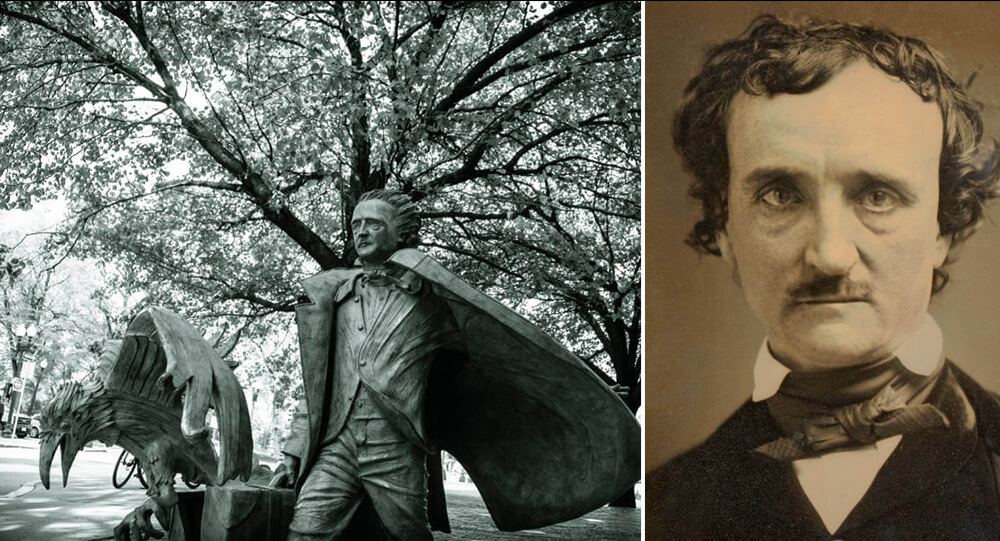
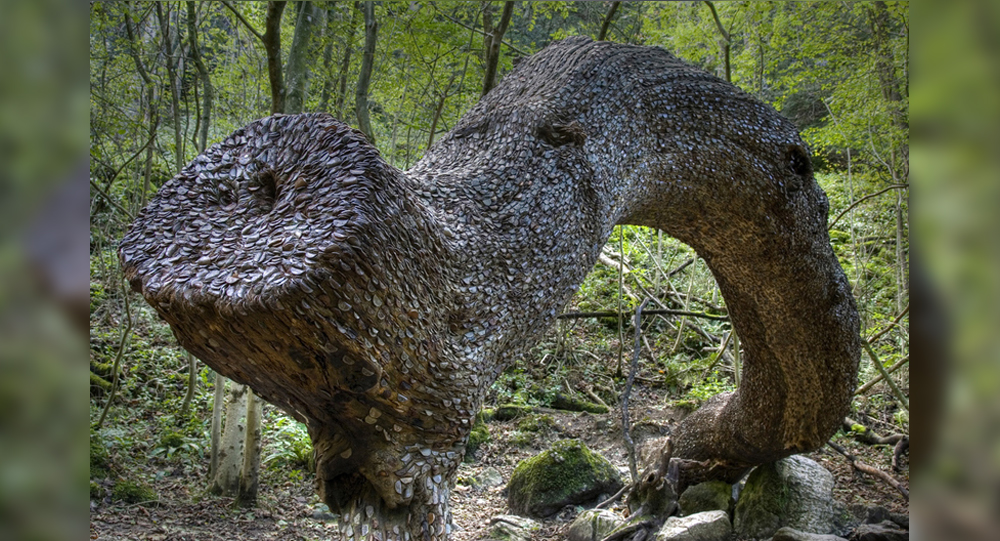

![[solved] “macaroni mystery”, 500 pounds of pasta dumped in new jersey](https://weeklyrecess.com/wp-content/uploads/2024/05/Macaroni-Mystery-cover.jpg)


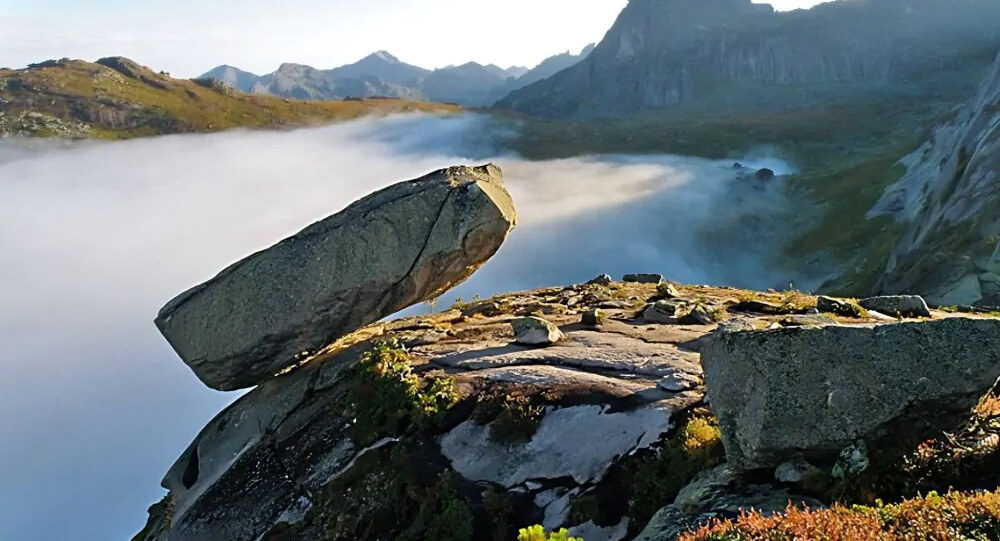



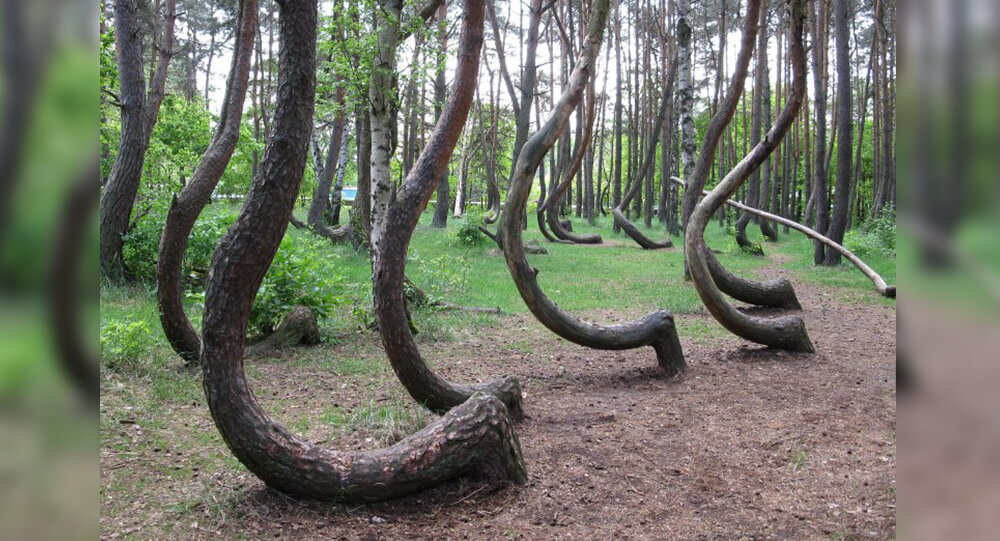
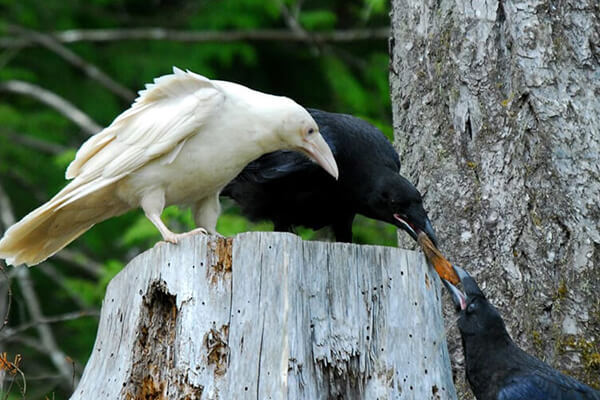



![Mysterious ghost ship found with mummified captain inside [SOLVED]](https://weeklyrecess.com/wp-content/uploads/2024/07/Solved-Mysterious-ghost-ship-with-mummified-captain-cover.jpg)




